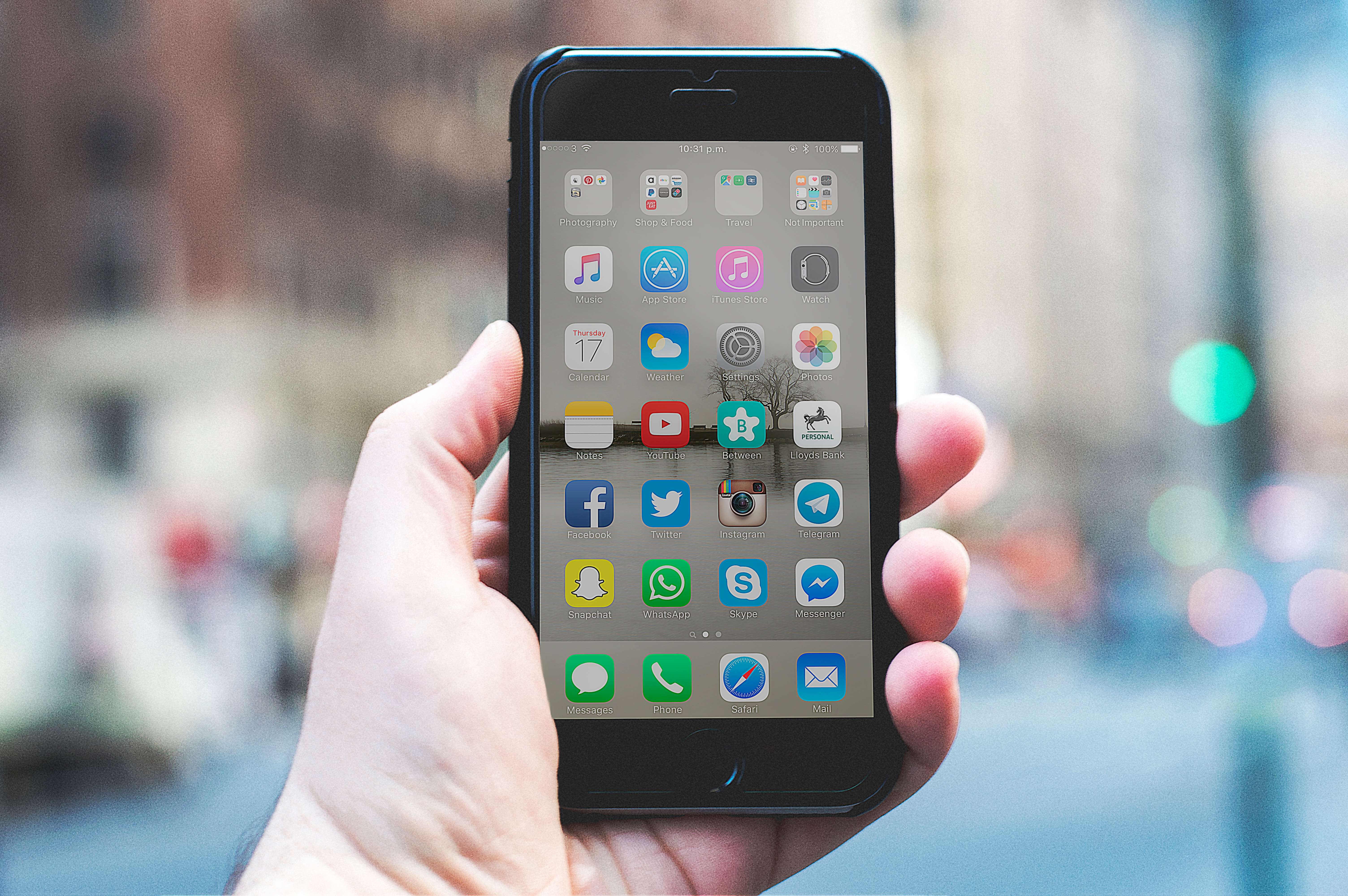TL;DR Launching a new startup idea can be risky, but a Minimum Viable Product (MVP) helps validate your concept before investing heavily. In this article, you’ll learn what MVP means, why it matters, and how to create one using methods like Wizard of Oz MVP, Concierge MVP, or landing pages. We also show case studies of successful companies such as Buffer, Zappos, and Facebook, which started with MVPs before becoming global leaders.
Imagine you have a brilliant idea for a startup/mobile app. You feel so excited about the project that you want to build it immediately. There’s no time to lose – the idea is so innovative, that it is bound to achieve a success. There is no other option! Actually, you already see yourself clearly as a millionaire, lying on your private beach, holding the favourite drink in your hand.
Hold on! It’s not so easy. You can’t be certain that your idea will work out, especially if it’s very innovative. But you can check it before releasing. Have you ever heard about Minimum Viable Product? Do you know that the greatest ideas like Buffer or Dropbox had been tested before? Yes, their founders built MVPs first, then proper products.
What is a MVP?
According to Eric Ries – Silicon Valley entrepreneur, author of the book “The Lean Startup” and a pioneer of lean startup movement, Minimum Viable Product is:
“..that version of a new product which allows a team to collect the maximum amount of validated learning about customers with the least effort.”
MVP is the most basic version of your product with only the most essential features. Through testing it among rather small groups of people, you can check if your idea works out and it’s worth investing more money in the project. It is the best way to estimate if your idea can be successful. It doesn’t make sense to lose time and money for a product no one wants to buy in the end.
While building MVP, you should focus on fulfilling the most basic need. In the beginning, don’t focus on additional facilities – you will do it later, when the product is verified.
Look at these pictures:

This is a MVP

This is a final product
Both of them fulfill the same need of lighting. First you check, if there’s a demand for this kind of device. It means you need to do a big research before you start anything. If so, then you improve it by making it easy to use and looking more beautiful.
Why should startups use MVPs?
Building a MVP can help you decide which features are important for the client, and which you can simply skip. It will help you to save a lot of money and time.
Your assumptions regarding clients’ needs can be wrong. Before investing large amounts of money, hiring people and renting a venue, it’s better to verify even the greatest ideas. The aim of building a MVP is to learn about the market.
However, creating a MVP is not always required. If you have regular customers, recognisable brand, you know habits of your target audience very well and the special nature of market, it may not be necessary to start with the MVP.
How to build a Minimum Viable Product
Building a MVP should be preceded by a few activities. First of all, you should determine your target audience – their age, region and how much they are able to spend on your product. It is also necessary to do a market research – it means you should talk to potentially interested people and ask them what they think about your solution. Check if they like it and ask if they would be ready to buy this product.
There are actually some popular ways of testing MVPs.
- Wizard Of Oz MVP (called also “Manual-first MVPs” or “Flintstoning MVPs”) – you create a product, that looks like it functions automatically. However, it’s an illusion. In fact there’s a human behind all this that manually fulfills all tasks that should be done by computer. You create an automatically working product only after noticing that there is a demand for this kind of service. The story of Zappos success is the example of that kind of MVP testing.
- Concierge MVP – it is very similar to Wizard of Oz MVP, but without using any technology. First you provide the service manually. You have to find a group of people who want to test your product. Then, you need to learn lessons from the experiment and use that knowledge while building the product. It means you should follow people’s opinion, because they are going to be your clients. Their feedback is priceless – thanks to them you can save a lot of money and time in the beginning. Take into account which features they liked more and which you can simply skip.
The best example of Concierge MVP is Food on the Table – a mobile app, that delivers easy-to-cook recipes, sale items and grocery lists for weeknight dinners. Before building a mobile app, the founder wanted to make sure it’s worth doing. He carried out an experiment. First he found people that were willing to take a part in it. Then he did everything manually – compiled a shopping list, chose right recipes and collected discounts from grocery shops. After testing the idea, he created a proper product that turned out to be a success.
- Landing page – you can validate your idea by creating a landing page, where you introduce your product and explain its functionalities. You have to create a “call to action” button in order to check if there are people willing to buy your product. For example, it can be simply the possibility to leave e-mail address.
Case studies of successful MVPs
BUFFER

What would do all these people that work in social media without a tool that schedules their posts on different platforms? However, the profession of social media ninja wasn’t so obvious a couple of years ago. Because of that, the founder of Buffer decided to test his innovative idea first.
He created a simple landing page where people could find basic information about the product – how it works, pricing and main features. His aim was to check if there is a demand for this kind of service. The product wasn’t ready at that moment, so he gave the opportunity to subscribe to the waiting list. It was a part of the research. In that way he gained e-mail addresses. He used them later to receive a valuable feedback that was very helpful to build the product that market needs.
ZAPPOS

The story of well known online shop started in a very unusual way. The founder of the company wasn’t making any profit in the beginning. He created a very simple website, just to check if acquiring shoes through internet could be something people are looking for. He was taking photos from a local shoes stores, then publishing them online. When someone was interested in purchasing them, he was buying at full price from store owners and sending them to customers by himself.
Zappos founder first tested his idea, checked if there is a demand for this service, then started investing in the project.
In 2009 Zappos was acquired by Amazon and is currently one of the most famous online shoe stores in US.
There are many more examples of big brands that started companies in a similar way – just take a look how Dropbox or Linkedin were established.

Have you ever heard about Facebook? The question sounds ridiculous, doesn’t it? Almost everyone on the planet knows Facebook and uses it. But the success wasn’t so obvious in the beginning.
This is why in 2004 Mark Zuckerberg built Thefacebook – a website, which main objective was similar to the current one – to connect people. However, that version initially was meant only for Harvard students. Without all these facilities that we know now (feed, timeline, status updates, pages) and very simple design, it reached the popularity.
First it was tested on a rather small amount of people (comparing to now), with limited options to use, just to get some feedback. Then Zuckerberg decided to develop the project by adding more options and extending the accessibility of his product to different countries.
Summary – why MVP is key for startups
These days we have less and less time. This is why we shouldn’t waste our most precious resource on ideas that may fail. Verifying our projects before releasing is the best solution to prevent ourselves from spending money useless.
If your idea is very innovative, first check if there are clients willing to purchase the solution you provide. Even if a product seems to be brilliant for you, it doesn’t mean that the rest of the world think similarly. Building a MVP and testing it seems to be the best way to make sure that your idea is worth developing further.
Need a help with building a MVP?
Dotinum is a software house and creative agency from Poland, established in 2002. We specialize in web, mobile and e-commerce development.
FAQ
What is the purpose of a Minimum Viable Product (MVP)?
The purpose of an MVP is to validate a business idea with minimal resources. It helps test assumptions, gather user feedback, and decide whether to invest further
How is an MVP different from a prototype?
A prototype is usually a non-functional draft or model of a product, while an MVP is a working version with core features that real users can test.
What are the most common types of MVPs?
The most popular types include Wizard of Oz MVP (manual behind automation), Concierge MVP (manual service testing), and landing page MVPs (checking demand online).